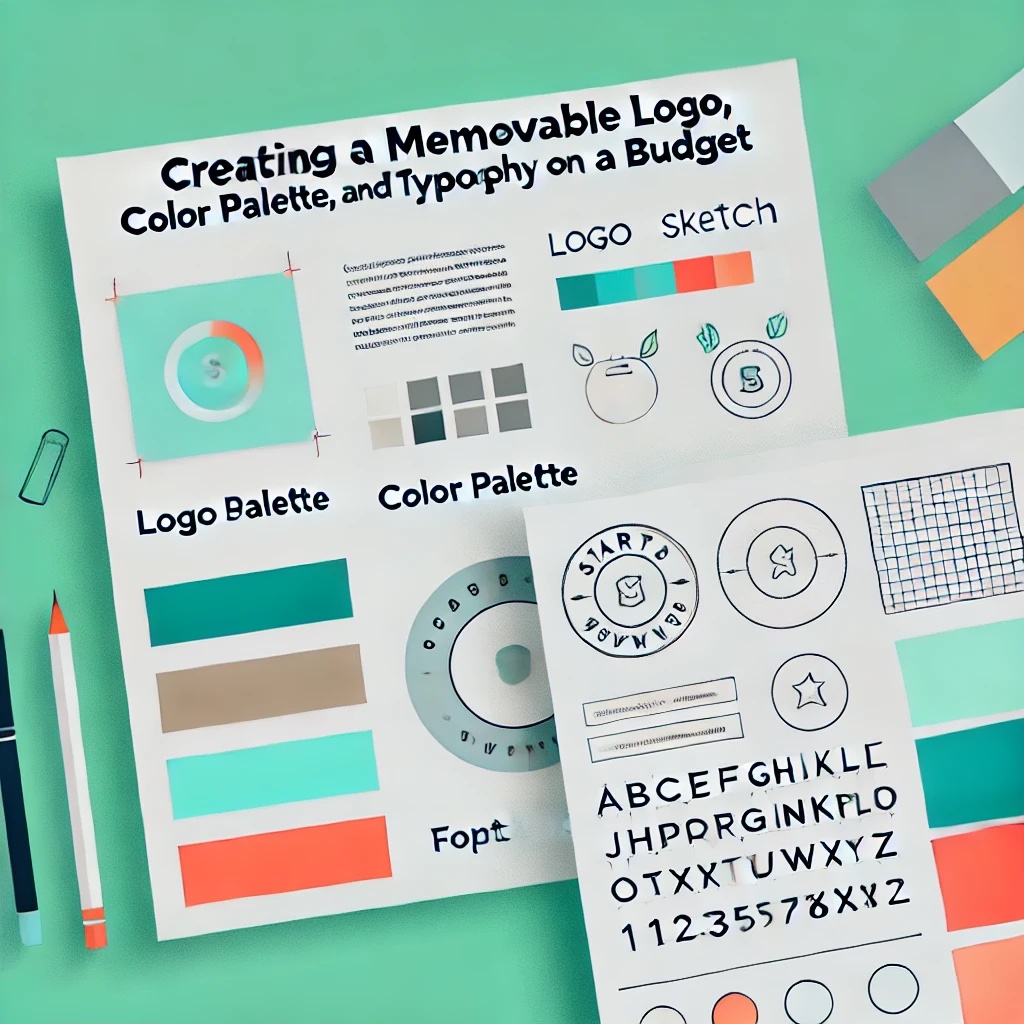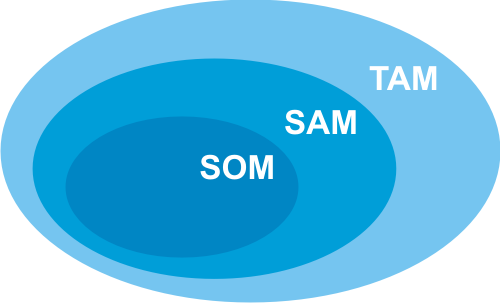Articles Description
Creating a Minimum Viable Product (MVP) is a strategic way to test your product idea with real users and validate its core features before investing heavily in development. An MVP allows you to bring a functional version of your product to market, gather feedback, and make data-driven improvements. In this article, we’ll cover the essential steps to build and launch a successful MVP, ensuring you stay focused on solving your users’ key problems while laying the foundation for future growth.
1. Define the Problem and Target Audience
An effective MVP starts with a clear understanding of the problem it aims to solve. Before diving into development, define the problem your product will address and identify your target audience.
- Conduct Market Research: Research your target audience’s pain points and validate that a real demand exists for your solution. Market research tools, surveys, and interviews can help you gather insights into users’ needs.
- Create User Personas: Build profiles of your ideal users, including their demographics, behaviors, and challenges. This will guide your feature prioritization and design decisions.
2. Identify and Prioritize Core Features
An MVP should only include the features necessary to solve the core problem for your users. This focus prevents scope creep, reduces development time, and allows you to gather feedback on the most critical aspects of your product.
- Must-Have vs. Nice-to-Have Features: List all possible features and then prioritize them by necessity. Identify which ones are essential to provide the primary value and which can be added later.
- Use the MoSCoW Framework: Categorize features as Must-Have, Should-Have, Could-Have, and Won’t-Haveto prioritize effectively.
3. Design Low-Fidelity Prototypes
Low-fidelity prototypes are simple, quick sketches or wireframes that outline the structure and flow of your product. These early versions provide a visual framework without requiring detailed design.
- Sketch the User Flow: Create a basic map of the user journey, highlighting how users will navigate through your product. This helps ensure an intuitive and logical experience.
- Tools for Wireframing: Use tools like Balsamiq, Figma, or even paper sketches to quickly visualize your MVP. Low-fidelity prototypes are ideal for getting early feedback on the layout and flow without investing in high-fidelity design.
4. Build High-Fidelity Prototypes
Once you’ve refined the basic structure, create high-fidelity prototypes that provide a more polished, interactive version of your product. This step will help you test specific functionalities and gather deeper insights into user experience.
- Design Interactive Prototypes: Use tools like Adobe XD, Sketch, or InVision to create clickable prototypes that simulate real interactions. This will allow users to experience the product’s look and feel.
- Incorporate Basic Branding: Add elements like logo, colors, and typography to give the prototype a cohesive brand presence, which can enhance user perception and engagement.
5. Develop the MVP
With a well-defined feature set and refined prototype, you’re ready to start developing the MVP. Keep development focused on essential functionality, and be prepared to adjust your plans based on any technical limitations or resource constraints.
- Choose the Right Tech Stack: Select tools and technologies that align with your product goals, budget, and scalability needs. For many startups, using no-code or low-code platforms can accelerate development.
- Focus on Core Functionality: Build the MVP with just enough functionality to address the main problem without unnecessary complexity. The goal is to launch quickly and begin gathering user feedback.
6. Conduct User Testing
Before launching the MVP to a broader audience, conduct user testing to gather actionable insights from real users. This step is critical to validate that your product meets user expectations and solves their problem effectively.
- Select a Test Group: Choose a small group of early adopters from your target audience. These users are often more forgiving of an MVP’s limitations and are eager to provide feedback.
- Ask Targeted Questions: Use structured questions to understand user experience, usability challenges, and initial impressions. Questions like, “What did you find most valuable?” and “What improvements would you suggest?” can yield helpful insights.
- Observe User Behavior: Pay attention to how users interact with the product, where they encounter friction, and which features they gravitate towards.
7. Analyze Feedback and Iterate
Once you’ve gathered feedback, analyze it to identify patterns and prioritize improvements. Focus on changes that enhance user experience and align with the primary value your MVP is designed to deliver.
- Group Feedback by Theme: Organize feedback by common themes (e.g., usability, functionality, design) to spot recurring issues.
- Prioritize Improvements: Based on user feedback, create a prioritized list of adjustments to address in the next iteration. Use this list to inform your product roadmap.
8. Launch the MVP
When you’re confident that the MVP provides value and addresses users’ primary needs, it’s time to launch. Choose an appropriate launch strategy that fits your product, target audience, and goals.
- Soft Launch or Beta Testing: Consider a soft launch or closed beta to gather additional feedback in a controlled setting before a full release.
- Announce Your Launch: Use your network, social media, and relevant platforms to announce your MVP. Emphasize the problem it solves and invite early adopters to try it out.
- Track Key Metrics: Monitor user engagement, retention, and feedback after launch to measure the MVP’s performance. Use analytics tools to track how users interact with the product and identify areas for improvement.
9. Plan for Future Development
The insights you gather from your MVP will guide your next steps in product development. Use this data to inform your long-term product strategy, prioritize features, and enhance the product for a wider release.
- Define Next Features: Based on feedback and data, outline the next features to build that will add value and improve user satisfaction.
- Set Goals for Growth: Establish clear goals for user growth, retention, and revenue. Align these with the insights gathered from the MVP launch.
Conclusion
Building an MVP is an essential step in bringing your idea to life while minimizing risk and maximizing learning. By starting with a clear understanding of your target audience, focusing on core features, and iterating based on user feedback, you can create a product that meets real user needs and sets the foundation for future growth. Remember, the MVP is not the final product—it’s a tool to learn, iterate, and gradually evolve your idea into a successful, user-centered product.

 Madarek Article
Madarek Article

















